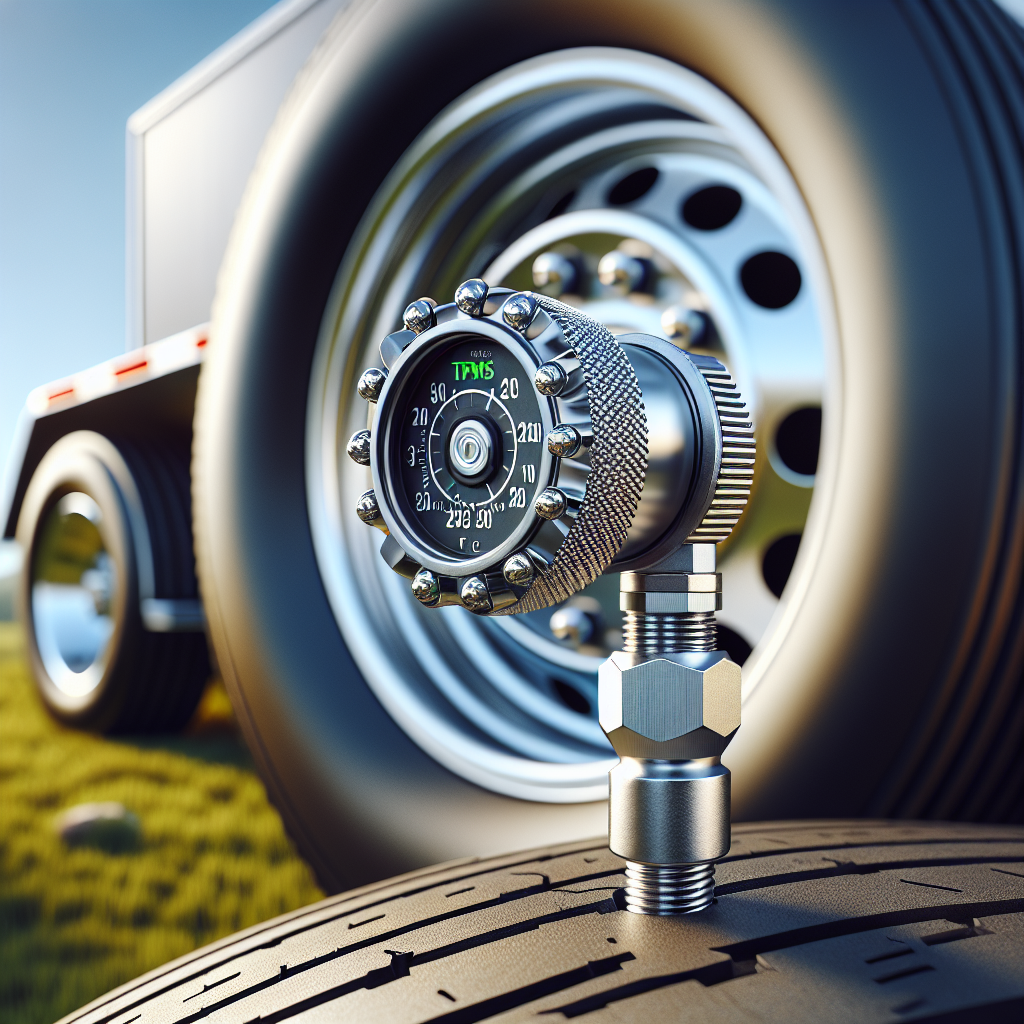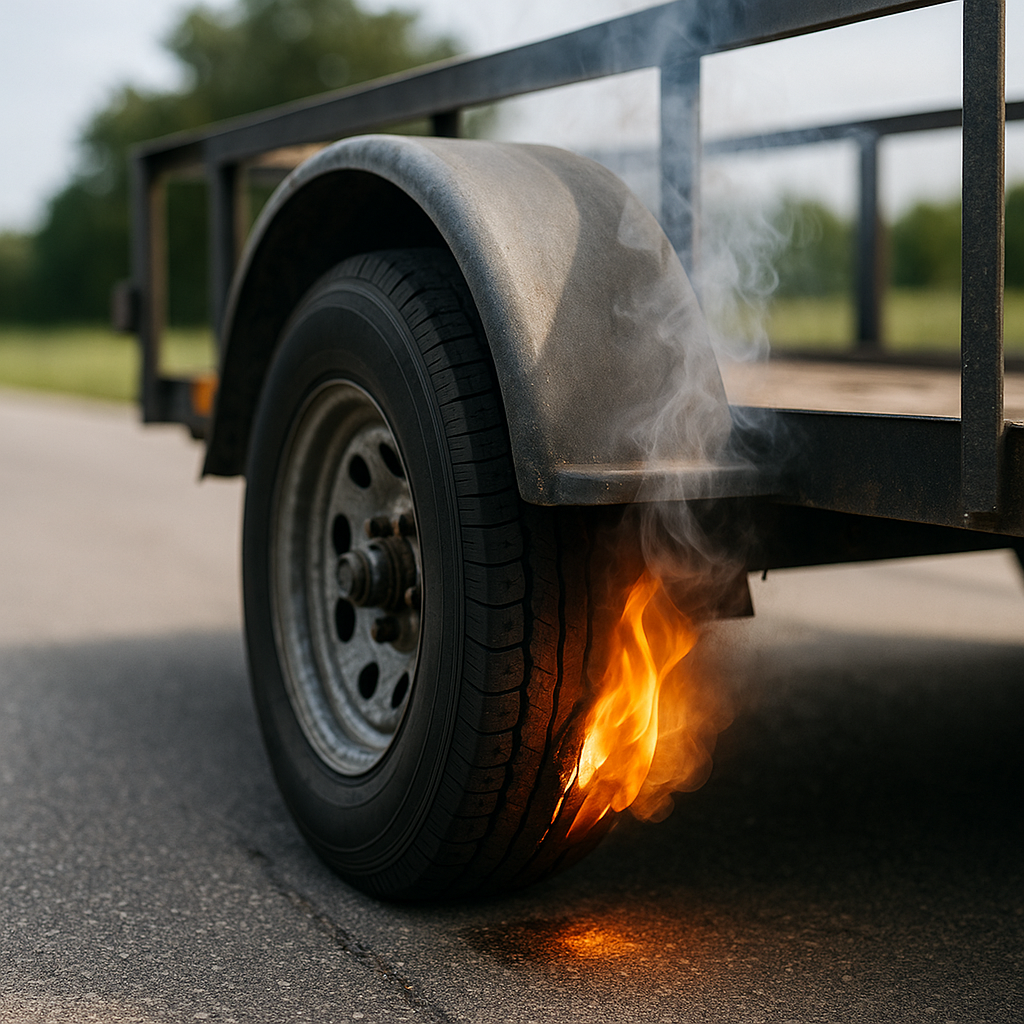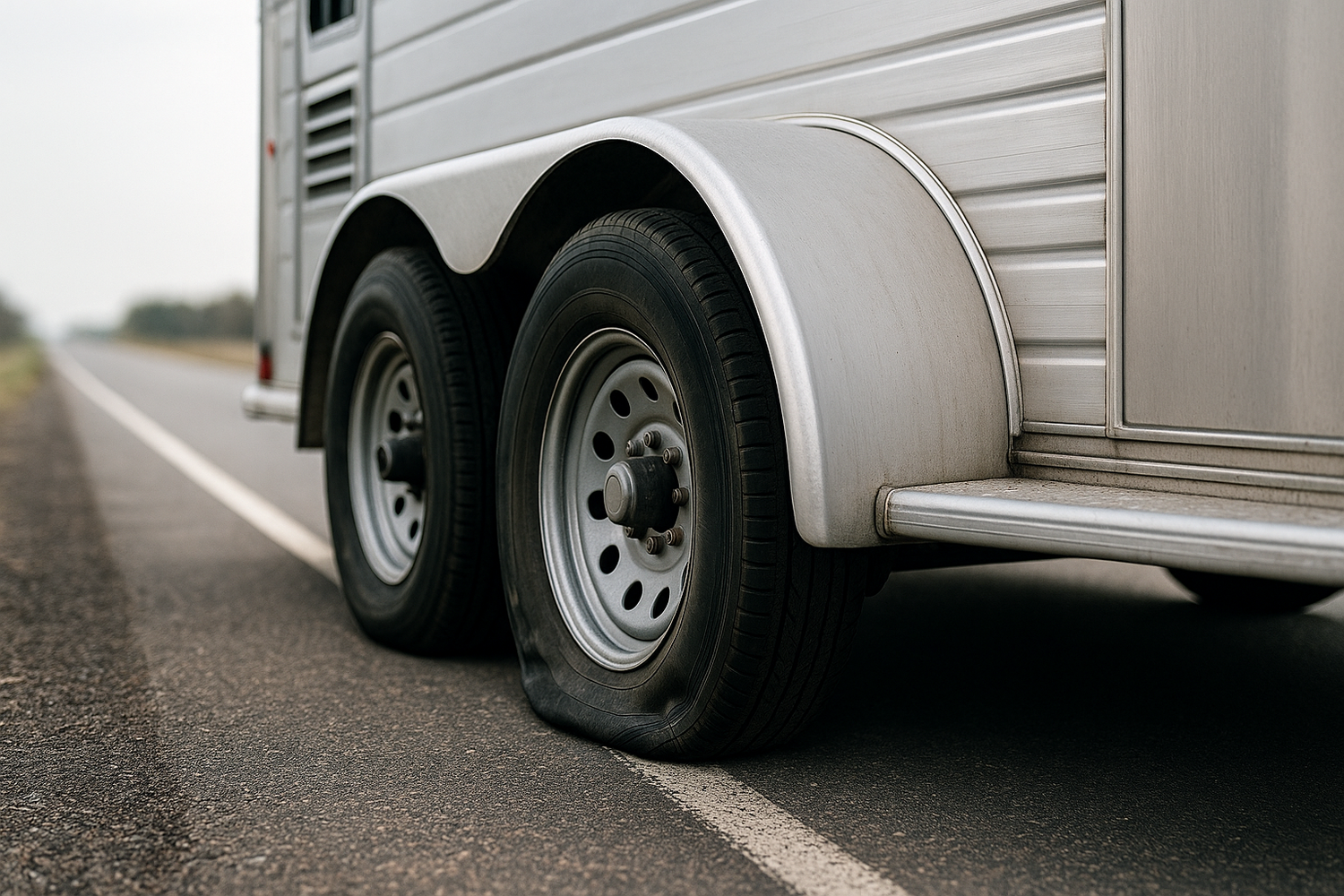The Tire Pressure Monitoring System (TPMS) is a crucial component for maintaining the safety and efficiency of any trailer. This sophisticated system continuously monitors the tire pressure and alerts the driver when there is a significant drop or rise in pressure, which can lead to catastrophic tire failures if left unchecked. Understanding how TPMS works and its importance can help you ensure a safer towing experience.
TPMS operates through various sensors that are either mounted inside the tire or installed on the valve stem. These sensors track the tire pressure and relay the data to the vehicle's onboard computer or a dedicated display. The benefits of having TPMS in trailers include:
- Enhanced Safety: By ensuring proper tire pressure, TPMS reduces the risk of blowouts and accidents.
- Improved Fuel Efficiency: Correct tire pressure optimizes fuel consumption, saving you money on gas.
- Extended Tire Life: Maintaining appropriate tire pressure prolongs the lifespan of your tires, reducing replacement costs.
For trailer owners, integrating TPMS into your setup is not just a luxury but a necessity for long-term performance and safety. It's critical to consider moving your TPMS to new wheels effectively to maintain these advantages.
Tow with peace of mind, knowing that trailerwatchdog is standing guard.
Preparing to Move TPMS to New Wheels

Before embarking on the task of moving your TPMS to new wheels, it's essential to prepare adequately to ensure a smooth transition. Here are some crucial steps to follow:
- Gather Necessary Tools: Make sure you have all the required tools on hand, including a tire pressure gauge, a valve core removal tool, and a torque wrench. Having everything ready will save you time and prevent any interruptions during the process.
- Consult the Manual: Refer to the vehicle and TPMS manuals for specific instructions related to your system. Each TPMS may have different procedures for installation and calibration, so it’s important to follow the guidelines provided by the manufacturer.
- Check Compatibility: Ensure that the new wheels are compatible with your existing TPMS. Some wheels may not support certain sensor types, which could lead to malfunction or inaccurate readings.
- Prepare the New Wheels: Clean the new wheels and ensure that the valve stems are properly installed. Any debris or dirt can interfere with the sensor's performance, so a clean working environment is essential.
By taking these preparatory steps, you'll set yourself up for success in moving your TPMS to new wheels. This careful planning not only simplifies the process but also ensures the continued reliability of your tire monitoring system.
Step-by-Step Guide to Transferring TPMS Sensors

Transferring your TPMS sensors to new wheels requires precision and care. Follow this step-by-step guide to ensure a successful installation:
- Remove the Wheels: Begin by safely lifting your vehicle using a jack and securing it with jack stands. Remove the lug nuts and take off the wheels to access the TPMS sensors.
- Detach the Sensors: Use a valve core removal tool to carefully unscrew the valve stem from the tire. Be cautious, as the sensor is attached to the valve stem. Gently pull the sensor away from the wheel, ensuring you do not damage the wiring or the sensor itself.
- Install Sensors on New Wheels: Position the TPMS sensors into the valve stems of the new wheels. Securely attach them, ensuring that the sensors are properly seated to avoid leaks.
- Inflate the Tires: Inflate the tires to the recommended pressure, as indicated on the vehicle’s placard. This step is crucial as it helps to calibrate the TPMS sensors to accurately monitor tire pressure.
- Reattach the Wheels: Once the sensors are installed and the tires are inflated, reattach the wheels to the vehicle. Use a torque wrench to tighten the lug nuts to the manufacturer’s specifications, ensuring a secure fit.
Following these steps will facilitate a smooth transfer of your TPMS sensors, maintaining optimal tire performance and safety on the road.
Common Challenges When Moving TPMS Sensors
While moving TPMS sensors to new wheels can seem straightforward, several challenges may arise during the process. Being aware of these potential issues can help you prepare and address them effectively:
- Sensor Compatibility: Not all TPMS sensors are compatible with every wheel. Ensure that the sensors you are transferring are suitable for the new wheels to avoid operational problems.
- Damage During Removal: When detaching sensors from the old wheels, there is a risk of damaging the sensors or the valve stems. Use proper tools and techniques to minimize the likelihood of damage.
- Calibration Issues: After transferring sensors, they may require re-calibration. If the vehicle's onboard computer does not recognize the sensors, it may trigger warning lights or display incorrect pressure readings.
- Leakage Problems: If the sensors are not securely installed, there could be air leaks in the valve stems. It’s crucial to check for leaks after installation to ensure the tires maintain proper pressure.
- Incorrect Tire Pressure Monitoring: Sometimes, new wheels can affect how TPMS sensors read tire pressure. Make sure to verify that the readings are accurate after the transfer to prevent any issues while driving.
Understanding these common challenges can help streamline the process and ensure that your TPMS sensors function correctly in their new setup.
Tips for Ensuring Optimal TPMS Performance

To achieve the best performance from your TPMS, following a few key tips can make a significant difference. These practices not only help maintain tire health but also ensure that your safety and driving efficiency are prioritized:
- Regular Sensor Checks: Periodically inspect your TPMS sensors for signs of wear and tear. This includes checking for corrosion, physical damage, or any loose connections that could affect functionality.
- Maintain Proper Tire Pressure: Ensure that your tires are inflated to the manufacturer’s recommended pressure. A well-maintained tire pressure directly influences the accuracy of your TPMS readings.
- Update Software and Firmware: If your TPMS system has software or firmware updates available, make sure to install them. These updates can enhance the system’s performance and fix any bugs that might affect sensor readings.
- Professional Calibration: After moving TPMS sensors, consider having them professionally calibrated. This ensures that the sensor readings align correctly with your vehicle's onboard computer system.
- Monitor Tire Health: Pay attention to your tires' overall condition. Look for uneven wear patterns or bulges that could indicate underlying issues, and address them promptly.
By implementing these tips, you can ensure that your TPMS operates at peak performance, providing reliable and accurate tire pressure readings for a safer driving experience.
Final Checks After Installing TPMS on New Wheels

Once you have successfully installed your TPMS on new wheels, conducting a series of final checks is crucial to ensure everything is functioning correctly. These checks not only help in confirming the installation but also enhance your safety on the road:
- Verify Sensor Activation: After installation, check if the TPMS sensors are activated. This can typically be done by using a TPMS tool or through your vehicle’s onboard diagnostics system.
- Check for Warning Lights: Ensure that no warning lights are illuminated on your dashboard. If the TPMS light remains on, it may indicate a problem with the sensor or the installation.
- Test Tire Pressure Readings: Manually check the tire pressures using a reliable gauge and compare them to the readings displayed by the TPMS. This will confirm that the sensors are accurately reporting pressure levels.
- Take a Test Drive: Go for a short drive to see if the TPMS is responsive. Pay attention to any alerts or warnings that may appear during the drive.
- Maintain Documentation: Keep a record of the installation process and any readings observed. This documentation can be valuable for future reference and maintenance.
By performing these final checks, you can have peace of mind knowing that your TPMS is fully operational and ready to help monitor your tire health.
Tow with peace of mind, knowing that trailerwatchdog is standing guard.








